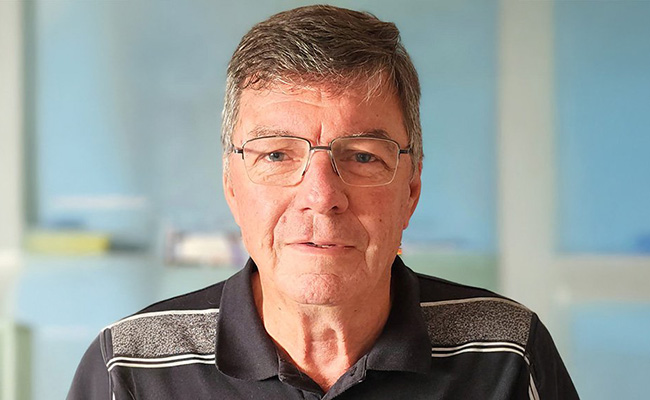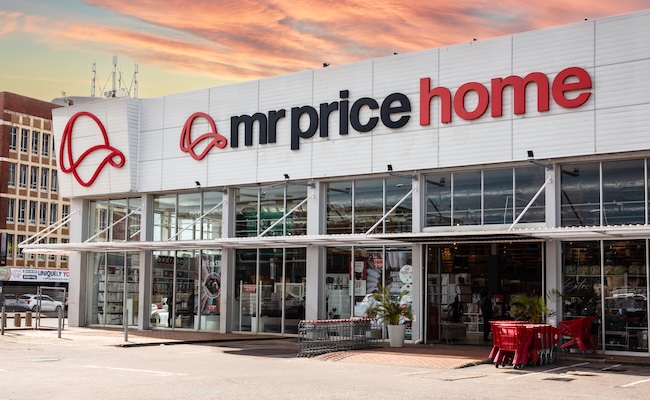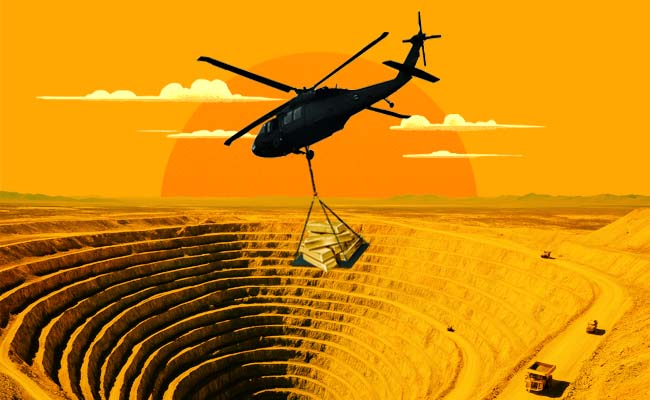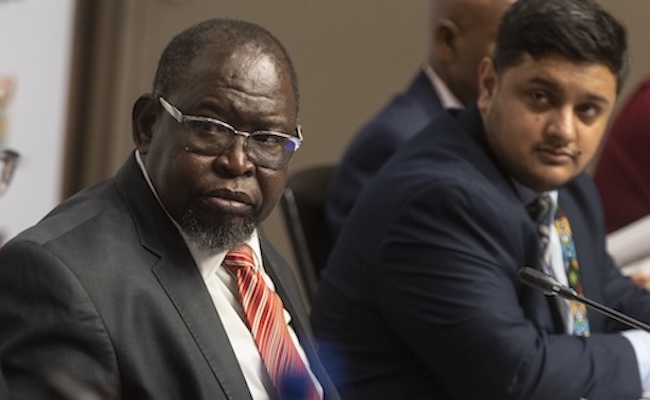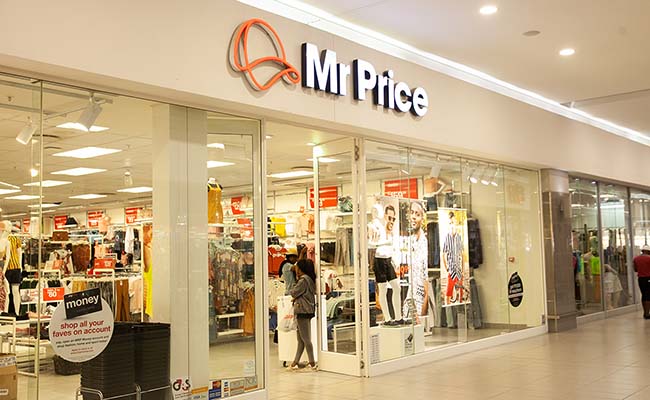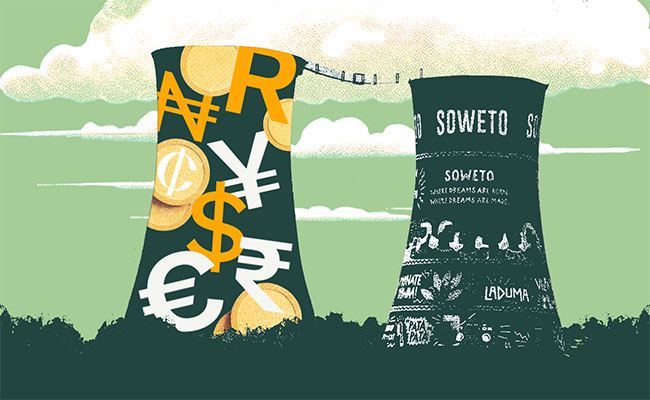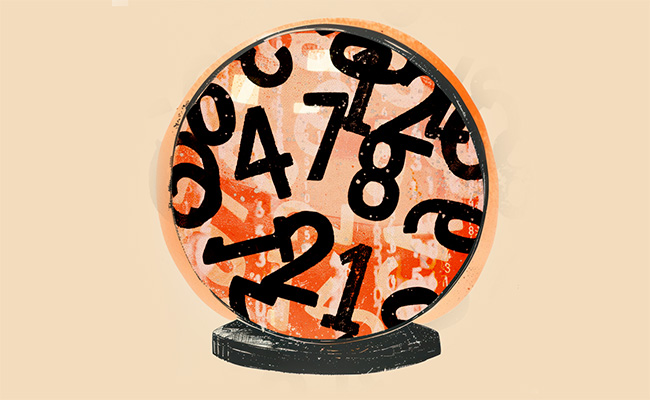It’s been a brutal year for believers in the initially charming Copper 360 story: a plucky new addition to the JSE’s moribund mining board, exploiting the historic copper fields of the Northern Cape (can you say Nababeep on repeat after a few beers?) – deposits long abandoned by players like Newmont and Gold Fields. Shares in the company are down almost 80% over one year as the realities of moving from hot prospect to producer bite. And now, Copper 360 needs to raise cash from shareholders and deal with a complicated debt structure put in place by its founder funders through a R1.15bn recapitalisation.
Currency spoke to CEO Graham Briggs, the former head of gold miner Harmony, who took over as head of Copper 360 in June to get this ship in shape.
How does this capital raise fit into what you’ve had to do since you took over as CEO?
When I read the news and everything on [the company], it looked like a failed copper mining junior. And when I started getting my feet on the ground, very quickly I realised this was actually an exploration company that had tried to start mining, and so everything about it is really immature when you look at the corporate governance etc. That goes from the aspects of having the right documents in place to how people are employed, so a lot of maturing is required. Part of that was also in the finance: we simply did not have money and were living from hand to mouth, without the capital to develop what we need to do.
So this capital raise has done two big things: first, it’s taken out all the previous debt, which was exotic debt because a lot of it was royalty-type stuff which comes out of revenue and not profits. It cleans up the balance sheet, and then the R400m rights issue allows us to deliver a real business here, as well as focus on our different orebodies.
How many orebodies?
We’ve got loads of them; there’s 60 or 70 that the guys have been looking at and we’ve narrowed the focus down to the top seven. And those we’ll follow through and get into production. It’s been quite a challenge. And the restructuring goes from everything: the way the guys order their stuff to the way they spend money. But we’ve made great progress and it’s been a team effort.
It sounds like the capital raise is done and dusted – is it? Also, how much of the rights offer is actually secured?
Most of the exotic debt will become equity, so that’s the R750m [of the R1.15bn recapitalisation]. We’ve got agreements with each of the exotic debt holders – be they royalties or copper notes; those are all signed up. Then we’ve got an underwriting undertaking of R260m [from Differential Capital], and then there’s a further R90m which has been signed up by Differential as well, which takes us to R350m. We still have to raise R50m and we’ll be speaking to investors and so on, but that should be relatively easy.
And then there will be further restructuring with people and how we do business, but that takes a bit of time; you can’t do it all in one shot.
In other words, by removing these exotic debt instruments you keep cash within the business to be spent on its projects?
Thats exactly it. The exotic debt holders funded the company originally, and for that they got paid, instead of what they should have done which was take shares right in the beginning. We’ve gone back to the proper way that an exploration company would have gone to the market.
I was under the impression that revenue was being earned – was it just not enough?
We’ve been producing some copper but not enough and we haven’t covered our costs – only roughly 50% of our costs. Eventually you end up with a big hole in the ground but no profits, and the danger in future was that even when we spent money on the projects, having all those exotic debt instruments meant there wasn’t going to be much in the way of dividends. And that of course was going to impact on the share price. This basically levels the playing field and takes us back to where we should be.
Was this just a classic start-up mistake?
I think the mistake is made when you think that it’s important to own a large percentage of a company and not look at the value of the company or the future value of the company. You think: “If I issue more shares, you’re going to dilute me therefore I’m going to lose control.”
But if you turn the thing around and look at the value that shareholders can add by taking stock in you, you end up with a much smaller percent but you can get more value out of it. You don’t do debt in the early stages.
The problem is that the initial people who start up and get it going don’t have the legs to take it through a crisis, which shareholders can. More investors, bigger investors can take you through a crisis – you can raise more money and you’ve got their backing and by then you also develop the backing to spend your money wisely on the right projects.
Is the thesis of Copper 360 still intact? Not least the thesis of a stronger future copper price?
Absolutely. The copper is in the ground – and I cut my teeth on buying old mines in the gold business, and we got lots more life out of them. There are mines up here that were mined by Newmont and Gold Fields and they closed down in the early 80s, when the copper price was against them.
The copper price is looking good, and there are a lot more copper bulls out there looking to buy big stakes in copper mines – though they want mines producing, not exploration companies. But this one will get there, there’s no doubt. This is a company in a great space.
Will you now have enough money now to do what you need to do?
Ja. The first R150m or so really just gets the wheels on the business to get it through break-even. To get to 200 tonnes of copper a month (or 20,000 tonnes of ore) is the target to break-even [for Copper 360’s modular flotation plant 2]. The other plant [MFP1] will take us to roughly 400 tonnes of copper per month, and then we’re into great profits.
How long will that take?
I’m hoping that in about six months we’ll be at 20,000 tonnes [of ore] and then in the next year, 40,000. Right now we’re dawdling at about 14,000 tonnes. It’s just sub-100 tonnes of copper a month.
The writer owns shares in Copper 360. She’s down 82% on her investment, and will follow her rights.
Sign up to Currency’s weekly newsletters to receive your own bulletin of weekday news and weekend treats. Register here.



